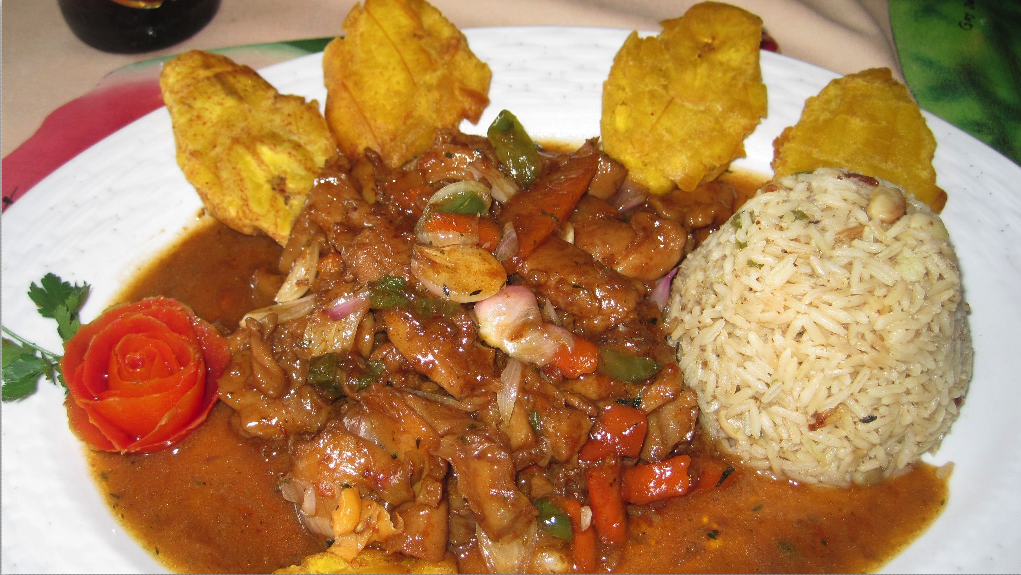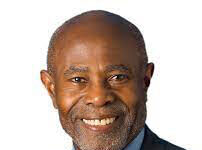COZUMEL, Mexico, Oct. 7, 2015 /PRNewswire-HISPANIC PR WIRE/ — Today Business Research & Economic Advisors (BREA) launched its analysis of spending related to cruise tourism and its impact on destinations’ economies. The triennial study engaged by the FCCA included a record 35 participating destinations throughout the Caribbean, Mexico and Central and South America.
It found that cruise tourism generated $3.16 billion in direct expenditures, 75,050 jobs and $976 million in employee wages among participating destinations during the 2014/2015 cruise year and the 23.6 million passengers disembarking ships and visiting the destinations.
The main driver—average expenditure per passenger—increased to $103.83, 8.25 percent higher than the 2011/2012 cruise year and accounting for $2.45 billion. Contributing to this increase were passengers spending 30 percent more per passenger on shore excursions, 20 percent more per passenger for local crafts and souvenirs and two percent more for food and beverages, along with a higher percentage of passengers making purchases in each of these categories. In fact, more than half of all transit passengers that went ashore purchased a shore excursion and food and beverages.
Just over 75 percent of passenger expenditures were made in four categories: watches and jewelry ($877 million), shore excursions ($551 million), clothing ($238 million), and food and beverages ($189 million). Shore excursions was the most popular category, with over half (53 percent) of all passengers purchasing this and local tour operators receiving an average of $43.99 per passenger directly from cruise passengers and cruise lines.
The estimated 4.5 million crewmembers visiting the 35 participating destinations spent approximately $302 million for goods and services, with an average per crew expenditure of $67.10, heavily weighted toward food and beverages, jewelry, and electronics.
In addition to net payments to local tour operators, cruise lines also provided data for payments to ports for passenger taxes and port services, as well as payments to local businesses for supplies and services. These categories accounted for an estimated $400.8 million.
Other key findings from the study include that 63 percent of passengers made their first visit at the destination; 93.7 percent went ashore; 65 percent made onshore purchases; and passengers spent an average 4.38 hours ashore. Plus visit satisfactions surveys found that cruise passengers were very satisfied with their overall destination visit; shore excursions received the highest score of all visit attributes; and passenger interactions with residents and store employees were very positive.
The study was released at the 22nd annual FCCA Cruise Conference & Trade Show in Cozumel, Mexico. Cozumel itself participated in the study and ranked third in overall expenditures with $365 million. St. Maarten led all destinations with nearly $423 million (while ranking third in passenger and crew onshore visits, it had the highest average total expenditure per visit of $189), followed by the Bahamas with $373 million.
The FCCA engages this study as one of many ways it works with destinations to foster understanding of cruise tourism, its benefits and how to best actualize its potential. The study’s release during the FCCA Cruise Conference & Trade Show further adds to the event’s focus on maximizing this potential through a series of meetings, workshops and networking opportunities between destination stakeholders and cruise executives to offer insight and develop business and relationships.
This study and past versions are available for download at www.f-cca.com/research.html.
About the Florida-Caribbean Cruise Association
Created in 1972, the FCCA is a not-for-profit trade organization that provides a forum for discussion on tourism development, ports, safety, security, and other cruise industry issue and builds bilateral relationships with destinations’ private and public sectors. By fostering an understanding of the cruise industry and its operating practices, the FCCA works with governments, ports and private sector representatives to maximize cruise passenger, crew and cruise line spending, as well as enhance the destination experience and increase the amount of cruise passengers returning as stay-over visitors. For more information, visit F-CCA.com, the FCCA on Facebook, and @FCCAupdates on Twitter.








